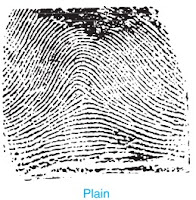Process of Dyeing Fabric
To dye fiber with a dye, some certain steps are to be followed only then dye molecules will get fixed on the fiber and we will get our desired colored fiber. So, the following are some steps that are to be followed during the dyeing process:
1. Sourcing and Bleaching
In this type, fiber is collected from the source and any loose, hairy or gummy materials are removed from the fiber. Then, impurities or any natural color of the fiber are removed through bleaching.
2. Preparation of Dye bath
In this step, a dye bath is prepared in which the whole process of dyeing a textile fiber takes place. A dye bath contains dye and water which is generally heated to get a proper mixture.
3. Coloration
In this step, textile fiber is colored through dyeing. The color should not readily be removed by rinsing in water or by normal washing procedures. Also, the color should not fade by exposure to light. Following are the phenomenon involved at the molecular level during the coloration of textile material.
(a) Absorption
Absorption is a process in which particles of dye get to accumulate on the surface of the fiber. There are generally four kinds of force by which dye molecules bind to the fiber that is ionic forces, hydrogen bonding, van der Waal forces, and covalent chemical linkages.
(b) Diffusion
Diffusion is a process that comes after absorption in which dye molecules are diffused into the fibers. In this process, absorbed dye is diffused from the fiber surface into the interior of the fiber substances towards the center.
4. Wash-off
This is the final step in dyeing. As the dyeing is completed, a good wash must be applied to the material to remove extra and unfixed dyes from the material surface. This is must for level dyeing and good wash-fastness properties. It is done by a series of hot and cold wash as well as soap solution wash.



